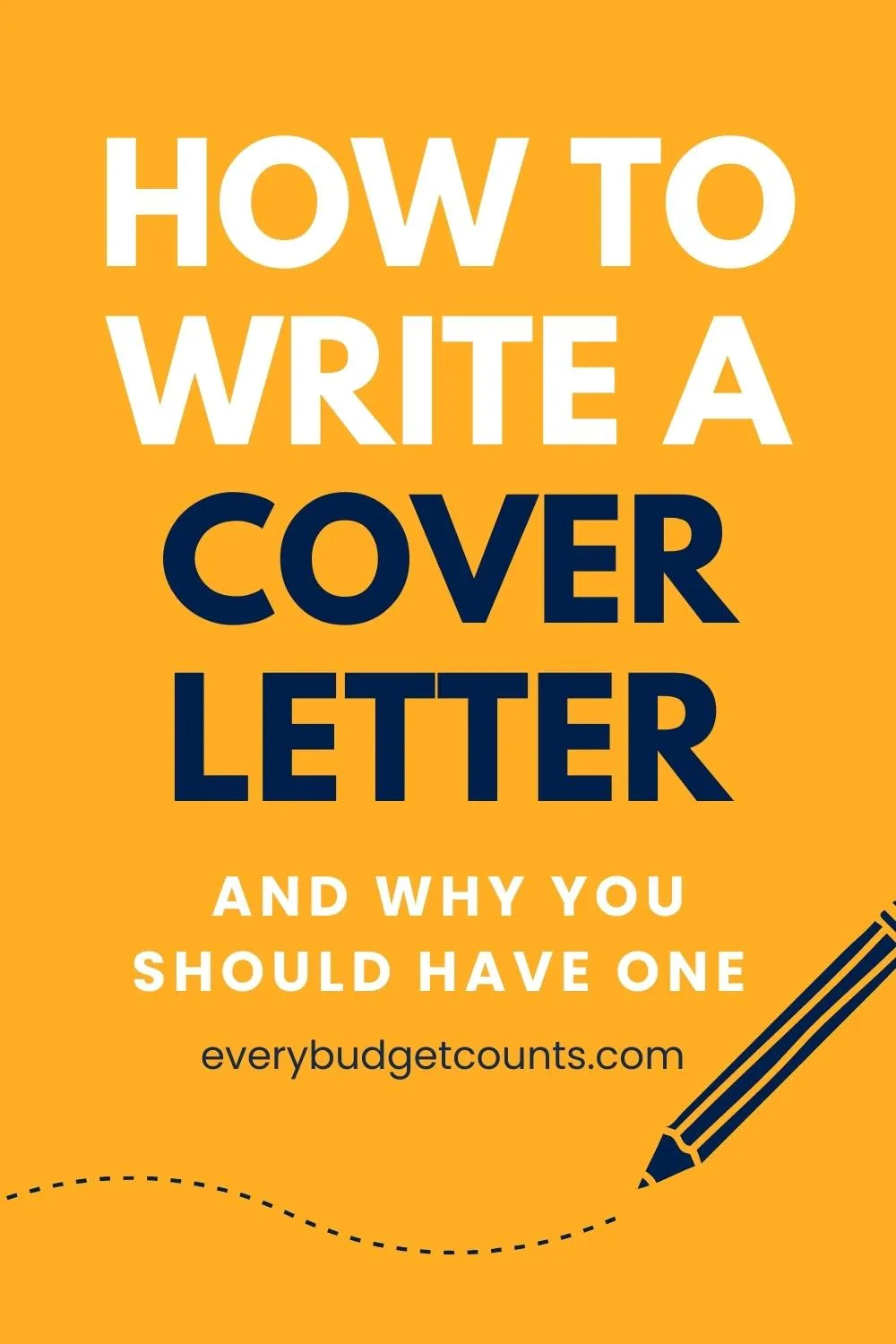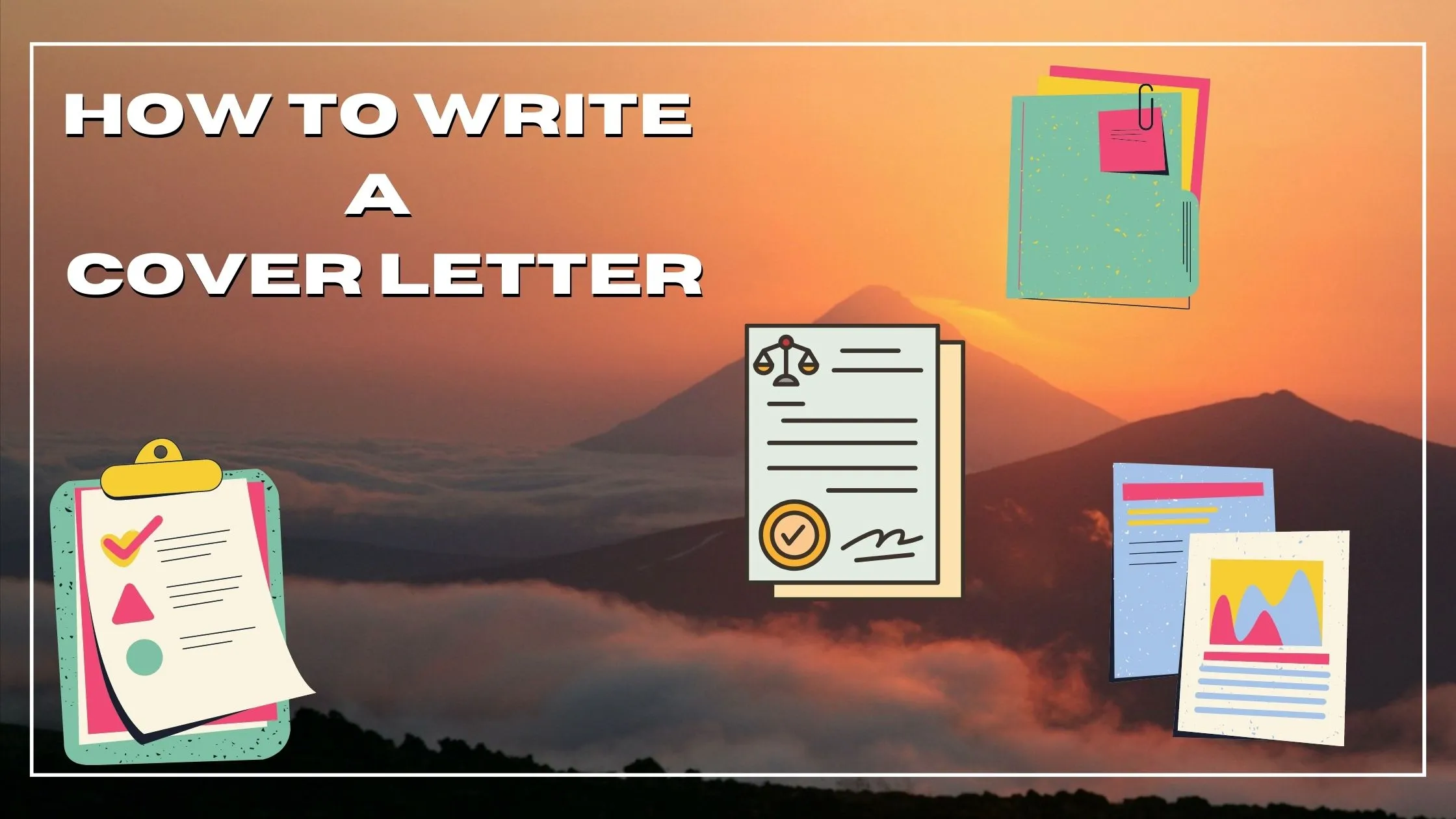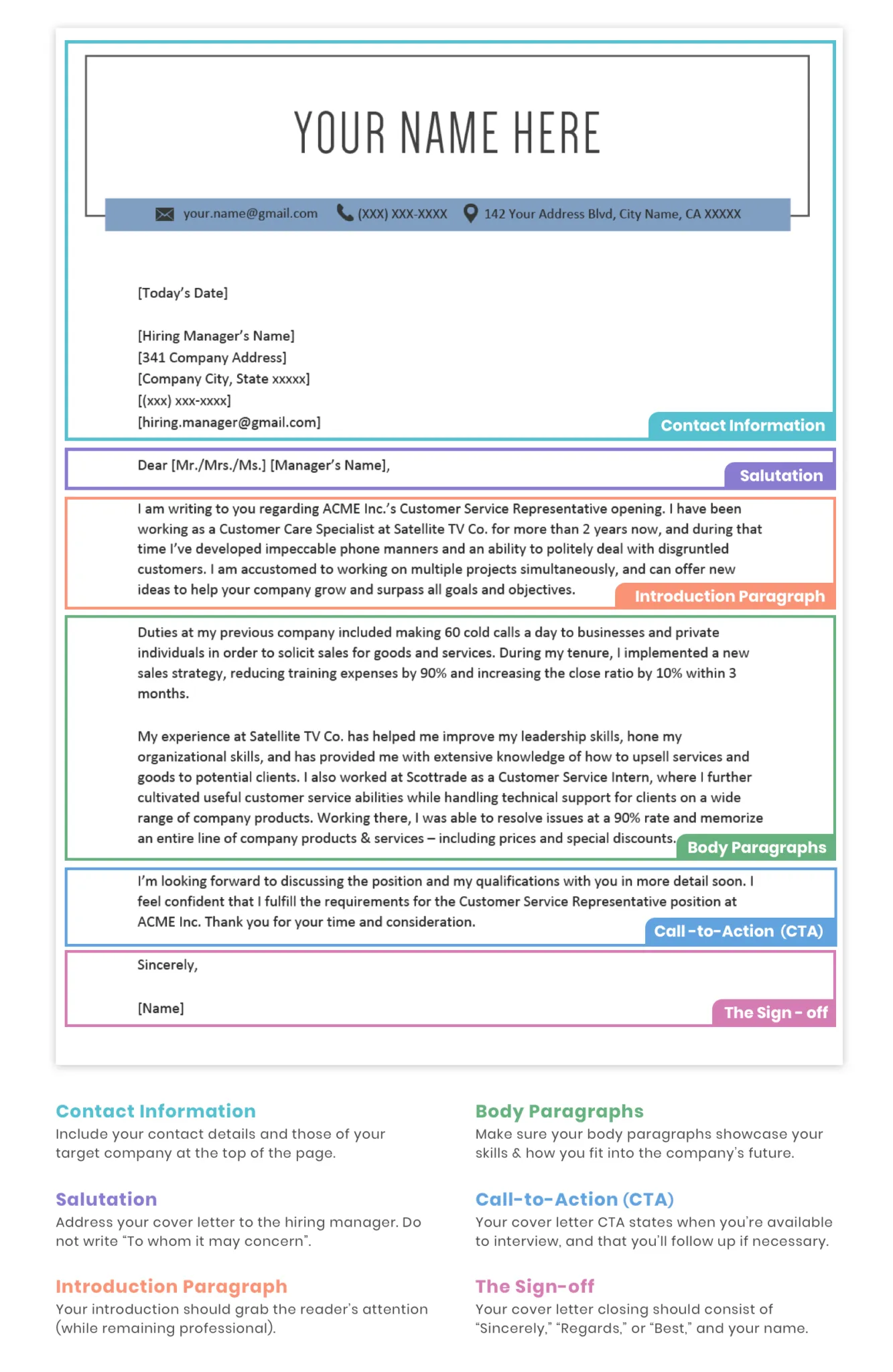What Is a Cover Letter and Why Is It Important?
A cover letter is a crucial document that accompanies your resume when applying for a job. It’s your first opportunity to make a strong impression on a potential employer and can significantly increase your chances of landing an interview. Unlike your resume, which provides a snapshot of your qualifications, a cover letter allows you to tell your story, express your enthusiasm, and highlight why you’re the perfect fit for the role. It provides a personal touch, allowing you to showcase your personality, communication skills, and genuine interest in the company and the specific position. A well-written cover letter can set you apart from other candidates and make a memorable first impression, which is essential in a competitive job market.
The Purpose of a Cover Letter
The primary purpose of a cover letter is to introduce you to a potential employer and express your interest in a specific job opening. It’s a chance to provide context to your resume, explaining how your skills and experience align with the job requirements and the company’s values. A cover letter allows you to elaborate on your qualifications, demonstrate your understanding of the role, and highlight your unique value proposition. It should articulate why you are interested in the company, what you can bring to the table, and how your career goals align with the opportunities available. The cover letter is a powerful tool for making a compelling case for your candidacy, going beyond the facts and figures of your resume to create a narrative that captivates the reader.
Key Benefits of a Strong Cover Letter

A strong cover letter offers several key benefits. It allows you to showcase your communication skills, demonstrating your ability to write clearly, concisely, and persuasively. It provides an opportunity to personalize your application, showing that you’ve taken the time to understand the company and the role. It can bridge gaps in your resume, such as explaining career transitions or addressing potential weaknesses. By highlighting your achievements and quantifying your results, you can make a more impactful case for your candidacy. Moreover, a well-crafted cover letter can significantly increase your chances of getting an interview, as it helps you stand out from the competition and captures the attention of hiring managers. In short, a compelling cover letter is a powerful asset in your job search.
Essential Components of a Cover Letter
Your Contact Information
At the top of your cover letter, include your full name, address, phone number, and email address. Ensure your email address is professional and appropriate. This information should be easily accessible and allows the employer to contact you promptly. It’s important to keep this information up-to-date and accurate to avoid any delays in communication. Consider using a simple, clean format for your contact details to maintain a professional appearance. Ensure all details are correctly spelled and formatted for easy readability. Double-check everything before sending the application.
Date and Recipient Information

Following your contact information, include the date and the recipient’s details. Always include the date you are sending the cover letter. Then, include the hiring manager’s name and title, the company name, and the company’s address. If you are unsure of the hiring manager’s name, research the company’s website or LinkedIn to find this information. If you cannot find a specific name, use a general salutation such as “Dear Hiring Manager.” Accuracy in this section demonstrates your attention to detail and professionalism. Proper formatting of the date and recipient’s information is crucial for a polished and professional cover letter.
The Salutation
The salutation sets the tone for your cover letter. Use a formal salutation like “Dear Mr./Ms./Mx. [Last Name],” whenever possible. Using the hiring manager’s name shows that you’ve researched the company and the role, which can make a positive impression. If you are unsure of the hiring manager’s name, you can use “Dear Hiring Manager.” Avoid generic salutations like “To Whom It May Concern.” Make sure the salutation aligns with the tone of the job posting and the company culture. Pay attention to the spelling and accuracy of the name, as any errors can negatively impact your application. Always proofread your salutation carefully before sending your cover letter.
Crafting a Compelling Opening Paragraph
Your opening paragraph is your chance to grab the reader’s attention. Start by stating the position you are applying for and where you saw the job posting. Briefly mention why you are interested in the company and the role. Highlight one or two key qualifications that make you a strong candidate. Avoid generic phrases, such as “I am writing to express my interest.” Instead, use a compelling hook that sparks the reader’s interest. Make your introduction concise and focused, setting the tone for the rest of your letter. Your opening should make the reader want to continue reading and learn more about you. Focus on making a strong first impression by showing enthusiasm.
Highlighting Your Relevant Skills and Experience

The body of your cover letter should showcase your relevant skills and experience, connecting them to the job requirements. Focus on the most important skills and experiences that align with the job description. Provide specific examples of how you have demonstrated these skills in previous roles. Use action verbs to describe your accomplishments, such as “managed,” “developed,” or “implemented.” Tailor your examples to the specific requirements of the job and company. Show how your experience makes you a good fit for the role and helps you achieve their goals. Use quantifiable results whenever possible to demonstrate the impact of your work.
Quantifying Your Achievements
Quantifying your achievements is a powerful way to demonstrate your impact. Use numbers and data to showcase the results of your work. For example, instead of saying “improved customer satisfaction,” say “increased customer satisfaction by 15%.” Use metrics, statistics, and percentages to provide concrete evidence of your accomplishments. This helps the reader to understand the specific results you have achieved in previous roles. By quantifying your achievements, you add credibility to your claims and provide the hiring manager with tangible evidence of your value. This helps set you apart from other candidates who may only use general descriptions of their experience.
Tailoring Your Letter to the Job Description
Always tailor your cover letter to the specific job description. Carefully review the job posting and identify the key requirements and keywords. Customize your letter to address these requirements and highlight your relevant skills and experiences. Show the hiring manager that you understand the role and the company’s needs. Avoid using a generic cover letter for multiple job applications. Instead, take the time to modify your letter to match each job you are applying for. Tailoring your cover letter demonstrates your attention to detail and genuine interest in the position, which can significantly increase your chances of getting an interview.
Expressing Your Enthusiasm and Interest

Show your enthusiasm for the role and the company. Explain why you are interested in the specific opportunity and what excites you about the company’s mission, values, or products. Demonstrate that you’ve done your research and have a genuine interest in the company. Talk about how your career goals align with the opportunities available. Showing passion and motivation makes you a more appealing candidate. Use phrases that convey your excitement, such as “I am particularly excited about…” or “I am eager to contribute to…” Your enthusiasm can make a lasting impression on the hiring manager, showing that you are more than just qualified.
The Closing Paragraph and Call to Action
In your closing paragraph, summarize your main points and reiterate your interest in the position. Thank the hiring manager for their time and consideration. Include a clear call to action, such as “I look forward to hearing from you” or “I am available for an interview at your earliest convenience.” Provide your contact information again to make it easy for the hiring manager to reach you. Maintain a professional tone and end on a positive note. Your closing should leave a lasting positive impression and encourage the hiring manager to move forward with your application.
Formatting and Design Best Practices
Choosing the Right Font and Font Size

Choose a professional and easy-to-read font, such as Times New Roman, Arial, or Calibri. Use a font size between 10 and 12 points. Ensure the font is consistent throughout the entire cover letter. Avoid using fancy or overly stylized fonts. Ensure that your font choice is readable on all devices. The goal is to make the letter easy to read, so prioritize clarity and professionalism. Good font choices are not distracting and help the reader focus on the content of your letter. Poor font choices can make your application less appealing, so be mindful of this detail.
Using Proper Formatting and Spacing
Use consistent formatting throughout your cover letter. Use single-spaced lines with a blank line between paragraphs. Use left alignment and avoid justifying the text. Ensure that there is adequate white space to enhance readability. Use clear headings and bullet points to organize information. Ensure the letter is well-organized and visually appealing. Avoid overly long paragraphs; keep them concise and to the point. Proper formatting shows that you pay attention to detail. Good spacing and organization make it easier for the hiring manager to review and understand your application.
Proofreading and Editing Your Cover Letter
Proofread your cover letter carefully for any spelling, grammar, or punctuation errors. Errors can undermine your credibility and professionalism. Check for clarity, conciseness, and accuracy. Ask a friend or family member to review your cover letter. Use grammar and spell-checking tools, but don’t rely on them entirely. Make sure all the details are correct, including the recipient’s name, the company name, and the job title. A well-proofread letter is a testament to your attention to detail and your commitment to producing high-quality work. Proofreading is a critical step in the cover letter writing process.
Avoiding Common Mistakes

Generic Letters
Avoid sending generic cover letters that are not tailored to the specific job. Hiring managers can quickly recognize a generic letter. Always customize your letter to the job description and the company. Research the company and the role to show that you understand their needs. A generic cover letter shows a lack of interest and attention to detail. Tailoring your letter takes extra time, but it greatly increases your chances of success. Focus on what makes you a good fit for the company.
Typos and Grammatical Errors
Typos and grammatical errors can make a negative impression. These mistakes suggest a lack of attention to detail. Always proofread your cover letter carefully before submitting it. Use grammar and spell-checking tools, but also read the letter aloud to catch errors. Errors can distract the reader from your qualifications. Proper grammar and spelling are signs of professionalism. A polished cover letter reflects well on you and your abilities. Take time to review the document for accuracy.
Focusing on Yourself Too Much
While you need to highlight your skills and experience, don’t make your cover letter all about you. Focus on how you can contribute to the company and address their needs. Show how your skills and experience align with their requirements. Use the company’s language and address their pain points. Tailor your letter to show what value you bring to the company. Demonstrate that you have researched the company and understand their goals. Highlight what you can do for the employer, not just what you have done in the past. A good cover letter showcases your understanding of the company and the job requirements.
Failing to Tailor to the Specific Job
Failing to tailor your cover letter to the specific job is a common mistake. Always review the job description carefully. Highlight the skills and experiences that align with the job requirements. Show how your qualifications meet the specific needs of the role. Use the keywords from the job description in your letter. Tailoring your letter to each job shows that you are serious about the position. This is a crucial step in the job application process. Customize each application to increase your chances of getting an interview.
Examples of Effective Cover Letters
Example for Entry-Level Position
For an entry-level position, highlight any relevant coursework, internships, or volunteer experience. Showcase transferable skills, such as communication, problem-solving, and teamwork. Express your enthusiasm for learning and growing within the company. Demonstrate your willingness to take on new challenges. Tailor the letter to the specific requirements of the entry-level role, emphasizing your potential and eagerness to contribute. Focus on your transferable skills, education, and any relevant experience. Show that you have the skills and the desire to succeed. Highlight any projects or activities that align with the job description.
Example for Experienced Professionals
For experienced professionals, focus on your significant achievements and quantifiable results. Showcase your leadership abilities and management skills. Highlight your ability to solve complex problems and drive positive outcomes. Provide specific examples of your successes in previous roles. Tailor the letter to show how your experience aligns with the job requirements. Demonstrate your value to the company and your ability to make a significant impact. Clearly articulate how your previous experience will help the company succeed in this specific role. Use your cover letter to tell the story of your professional journey.
Example for Career Change
When making a career change, emphasize your transferable skills and relevant experiences. Explain why you are making the career change and what interests you about the new field. Connect your past experience to the requirements of the new role. Highlight any training, education, or certifications you have acquired. Show your willingness to learn and adapt to new challenges. Tailor the letter to demonstrate your passion and commitment to the new career path. Explain how your skills, even from different fields, can bring value to the company. Focus on the skills that are transferable and how they align with the new job requirements.
Tools and Resources for Cover Letter Writing
There are many online resources and tools available to help you write an effective cover letter. Use cover letter templates to get started, but always customize them to fit your needs. Utilize online grammar and spell-checking tools. Consult career websites for examples and advice. Consider using AI-powered tools to help generate content. Seek feedback from career counselors or mentors. Leverage these resources to improve your cover letter and make your application stand out. These tools and resources can help streamline the writing process and ensure a polished final product. Using various resources can help you create an amazing cover letter.
